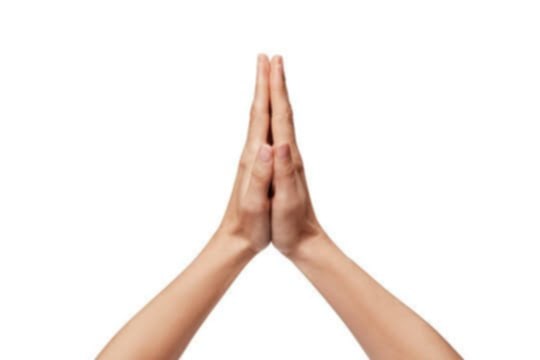
NAMASTE
What Does “Namaste” Really Mean?
You’ve probably heard or said Namaste at the end of a yoga class — but do you know what it truly means?
Namaste is a Sanskrit word that means “I bow to the divine in you.” It’s a gesture of respect, presence, and deep connection. When we say Namaste, we’re not just saying hello or goodbye — we’re acknowledging the sacredness in one another. It’s a way of recognizing that the same life force that moves through me, moves through you.
Traditionally, Namaste is done by bringing the palms together in front of the heart (called Anjali Mudra), and gently bowing the head. This simple gesture carries both energetic and neurological significance.
The Science and Subtle Energy Behind Namaste
From a neuroscience perspective, bringing the hands together at the center of the chest and focusing attention inward activates both hemispheres of the brain. It creates a moment of coherence between the left and right brain, helping us shift from stress to calm, and from thinking to feeling. The bow of the head further promotes humility, grounding, and a sense of surrender.
In Ayurveda and yoga, this gesture also activates key marma points — energy centers located in the palms, fingertips, chest, and forehead. By gently pressing the palms together at the heart space, we stimulate these marma points, which helps to balance prana (life energy) and bring the body and mind into harmony.
Namaste is both a greeting and a subtle energetic practice.
It balances the nervous system, centers the heart, and reminds us of our shared humanity and divine essence.
So next time you say Namaste, let it be more than a word. Let it be a full-body, heart-centered experience — a sacred pause where science, energy, and spirit meet.


